Input interpretation

1-buten-3-yne
Chemical names and formulas

formula | C_4H_4 name | 1-buten-3-yne IUPAC name | but-1-en-3-yne alternate names | 1-butenyne | 1-butyn-3-ene | 3-buten-1-yne | butenyne | monovinylacetylene | vinylacetylene mass fractions | C (carbon) 92.3% | H (hydrogen) 7.74%
Lewis structure
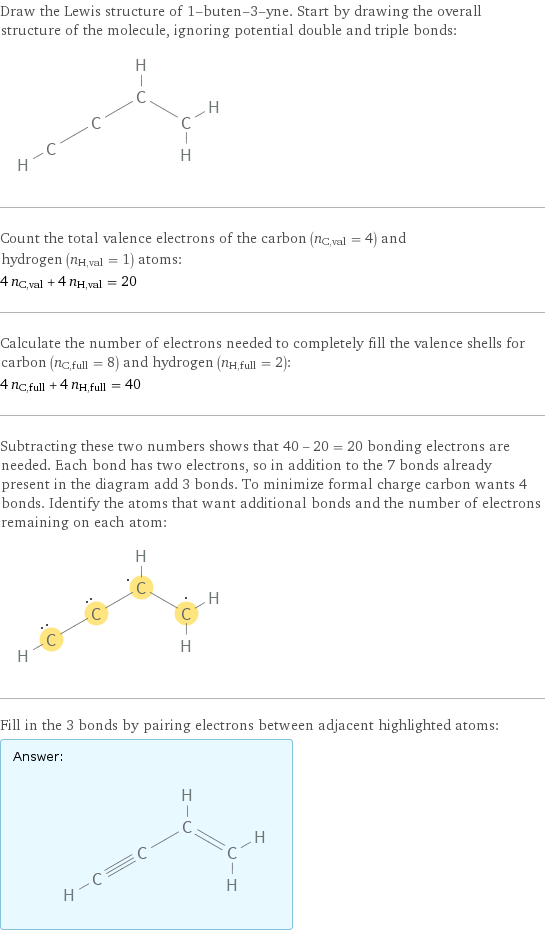
Draw the Lewis structure of 1-buten-3-yne. Start by drawing the overall structure of the molecule, ignoring potential double and triple bonds: Count the total valence electrons of the carbon (n_C, val = 4) and hydrogen (n_H, val = 1) atoms: 4 n_C, val + 4 n_H, val = 20 Calculate the number of electrons needed to completely fill the valence shells for carbon (n_C, full = 8) and hydrogen (n_H, full = 2): 4 n_C, full + 4 n_H, full = 40 Subtracting these two numbers shows that 40 - 20 = 20 bonding electrons are needed. Each bond has two electrons, so in addition to the 7 bonds already present in the diagram add 3 bonds. To minimize formal charge carbon wants 4 bonds. Identify the atoms that want additional bonds and the number of electrons remaining on each atom: Fill in the 3 bonds by pairing electrons between adjacent highlighted atoms: Answer: | |
3D structure
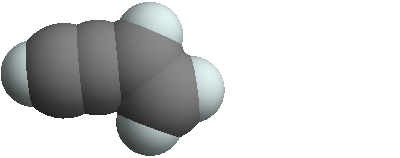
3D structure
Basic properties
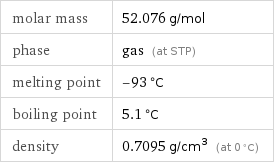
molar mass | 52.076 g/mol phase | gas (at STP) melting point | -93 °C boiling point | 5.1 °C density | 0.7095 g/cm^3 (at 0 °C)
Units

Gas properties (at STP)
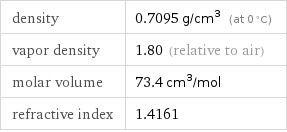
density | 0.7095 g/cm^3 (at 0 °C) vapor density | 1.80 (relative to air) molar volume | 73.4 cm^3/mol refractive index | 1.4161
Units

Thermodynamic properties

critical temperature | 491 K critical pressure | 5.02 MPa (at STP)
Chemical identifiers
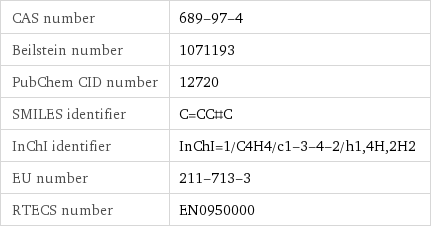
CAS number | 689-97-4 Beilstein number | 1071193 PubChem CID number | 12720 SMILES identifier | C=CC#C InChI identifier | InChI=1/C4H4/c1-3-4-2/h1, 4H, 2H2 EU number | 211-713-3 RTECS number | EN0950000
NFPA label

NFPA label
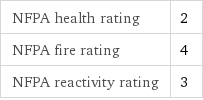
NFPA health rating | 2 NFPA fire rating | 4 NFPA reactivity rating | 3
Safety properties

flash point | -63 °C lower explosive limit | 2.2% (concentration in air) upper explosive limit | 31.7% (concentration in air)

DOT hazard class | 4.1 DOT numbers | 1325
Toxicity properties

RTECS classes | other